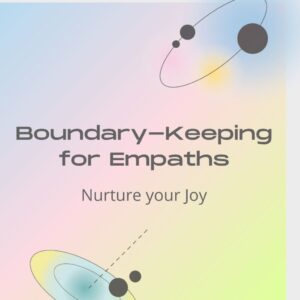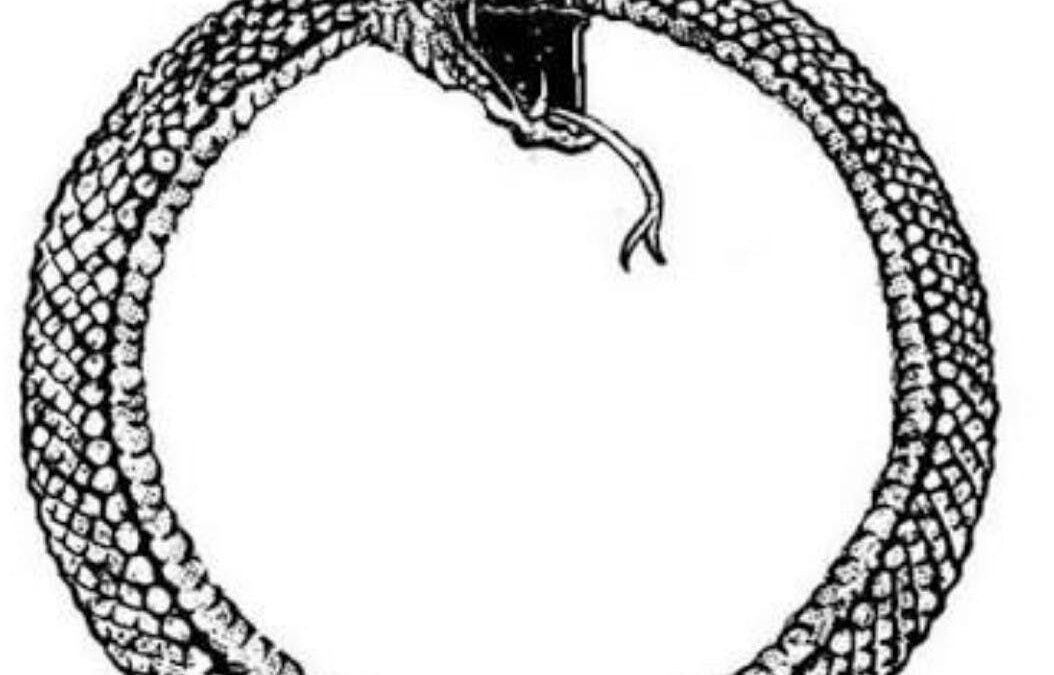
by user_dd | Feb 7, 2022 | Community Conversations
Snakes are misunderstood. They are often villainized and characterized as threatening, scary, even evil. Sure, some of them are poisonous; it’s wise to keep a wide berth if you find yourself moseying about with a venomous snake. However, can we take a moment to suspend our survival instincts and take a humbling look at the symbolism of snakes?
Why is it that the snake has earned such a prominent role in mythology, symbolism and sacred scripture?
Growth isn’t always comfortable, folks. Despite (or perhaps because) of any resistance, let’s take a look at one of those frightening symbols that so many shy away from (perhaps, by design).
East Meets West
First, let’s acknowledge the Eastern perspective of snakes, as represented in the ancient Hindu texts. The Sanskrit word ‘Kundalini’ translates to a ‘coiled snake’ of divine feminine energy that is believed to be located at the base of the spine, within each human body. Within the Vedas, there are different practices and modalities described to ‘awaken’ this energy and encourage the flow of energy to move up the spine.
Now let’s look at Western serpent symbology, within the context of the Garden of Eden. Remember this terrestrial paradise depicted in the Genesis story? Well, for anyone who needs a biblical refresh, there was a beautiful garden filled with all of the bountiful gifts on the Earthly plane. Adam and Eve explored the garden, and were met by a serpent who encouraged them to eat the fruit that God had explicitly forbidden them to eat. Verbally seduced into eating the fruit off the Tree of Knowledge, Adam and Eve were banished from the garden at the cost of their hunger for God-like awareness of good and evil.
Their inability to resist the physical temptations meant that Adam and Eve were relegated to eternal damnation in hell. Rough hand, right? Well, if accurately interpreted, we can see this as an invitation to come into a better relationship with our own inner serpent, so we’re not dancing with danger in the biblical sense. If scripture is providing an allegory that can be decoded for our modern application, how do we transform this information to aid us in our spiritual journey?
Bridge to a New Reality
Now, let’s dive into the middle way, where East meets West, shall we? What does it mean for us to acknowledge the snake that dwells within us? Forget the deceptive serpentine seductress in the Garden of Eden; look inside and try to find that part of you that has innate access to our own divinity.
What if you were the apple of your own eye, able to feast on the fruits of your own inner garden? This feast requires work, dear friends; we must plant healthy seeds, tend to them properly and lovingly, and practice patience as the cultivation process occurs.
The snake provides a path to transformation, and let’s face it, transformation isn’t always easy. Sometimes we have to face the scary, we have to taste our own medicine. Snakes possess both the venom and the antivenom; we, too, contain both the ingredients for our own demise and self-sabotage, as well as the ingredients for our own transformation and blossoming.
The spiritual journey is not always a smooth, well paved road. There are often bumps and detours along the transformational path, and it’s imperative that we cultivate the adaptability, the resilience, and the adept grace to forge on when the going gets tough. When something triggers fear in you, let it serve as a growth indicator; that which we are fearful of can usually provide an opportunity for transformation.
Entering this path of transformation is usually prompted by one’s own intuitive calling. So, if you’ve heard the call and wish to jump into the driver’s seat of your life, join us for our upcoming Spiritual Intuition class, where we’ll apply a lot of this knowledge to amplify our God-like gifts!

by user_dd | Jan 26, 2022 | Community Conversations
It’s Time to Reclaim the Culture of Healing
What even is a cult? The word ‘cult’ gets thrown around in our modern times with a flippant ease of judgment. Yet, what does this term really mean? Sure, there have been (and still are) many subgroups organized around religious dogma that are sustained through hierarchical dominance structures that are unhealthy to their core, including all sorts of distortion of truth and corruption of purity.
This, in many ways, needs to evolve like many other aspects of our modern day culture. But let’s acknowledge that the presence of these negative expressions of culture have tainted the word that is otherwise value free and objective in its description of what is. There is an aspect of this term that is all too quickly slapped onto any organized group with a spiritual quest. This aspect, creating an easeful ‘go-to’ grip for folks trying to deepen the separation story of the psyche, seems to exhibit a consistent misunderstanding of esoteric study.
Just because it’s occult, doesn’t make it a cult. And even if it did, is a ‘cult’ inherently nefarious? There are both benevolent and malicious politicians, aren’t there? It seems there’s an opportunity that’s presenting itself for us to heal the damage, bridge the chasm, and harmonize the trauma around spirituality through the lens of this term.
Building Culture
We’ve largely contained the term ‘culture’ within the psychological confines of social and political frameworks and applications. Yet, when we look at the term ‘culture’ through the lens of biology or agriculture, we find that there are many important aspects of the findings that we’d benefit from applying to the social and political realms. Growing and sustaining a healthy culture depends on a myriad of delicate variables. Domination within a culture doesn’t translate to harmony or symbiosis.
Life thrives with diversity, with strong willed and independent parts participating in a whole. We can be this way, as a species. We can contribute to the whole in beneficial ways when we deeply recognize ourselves as a part of it, not apart from it. This means we must evolve out of the archaic ‘cult’ concept (both in our assignment of this term to occult pursuits, and our application of obsolete control within those groups considered to be cult-like).
Gone are the days of worshiping external entities. We’re remembering, slowly but surely, that all that’s outside us is within us, and therefore, worshiping the body temple we’re currently incarnated in is key to our development. Alas, this means we don’t need to kneel before a dominant leader when we really recognize the omnipotent Source of Creation as that which is innately within us, as our birth right.
Transformation is Uncomfortable!
The roller coaster of healing and wholling isn’t for the faint of heart. Remembering our innate wholeness is a path that’s filled with moments of big change and recalibration. For those jostled by change, both internal and external, they’d likely prefer sitting beside the roller coaster and watching those shaking with anticipation as they ascend to new heights, and screaming as they plummet into the depths. Choosing to take the ride is only for those who can learn to manage their systems, command their ships, and embrace the discomfort of transformation.
These are the skillsets acquired through the spiritual path. No, not the path that leads you into an eddy of inertial patterns wrought with distorted traditions and outdated recitations. It’s the path of righteousness that empowers each individual with an embodiment of their free will, and an activation of this will as a conduit for benevolent creation to move through it.
More people are needed on this path; in order for our species to continue enjoying this planet we call home, we will need to wake up to the power that sits within ourselves in order to meet the pressures of change with the competent adaptability.
So where can we gather to awaken our innate abilities? Those abilities that empower us with the remembrance of the source of creation that lives within us? Within communities of practice, communities of therapy and healing, ignited from the inside out.
Therapeutic Communities
The etymology of the term ‘therapy’ can be tracked back through ancient Greece, expounding on the capacities to heal and cure. Yet, it seems we may have outsourced this ability to others, all too often. Ultimately, it’s the therapist’s role to simply amplify one’s awareness of the choices available to them, so they can feel empowered to make choices that resound with their own inner knowing.
So, what are therapeutic communities aiming to accomplish? An embodied, activated, and spiritually participatory populous that can meet the challenges we face as a species with empowered choice. The “fix me, doctor” culture must end. It is up to us as individuals to stop outsourcing our God-like abilities, and come back into belonging within communities that remind us of our essence. Whether or not they’re deemed ‘cults’….
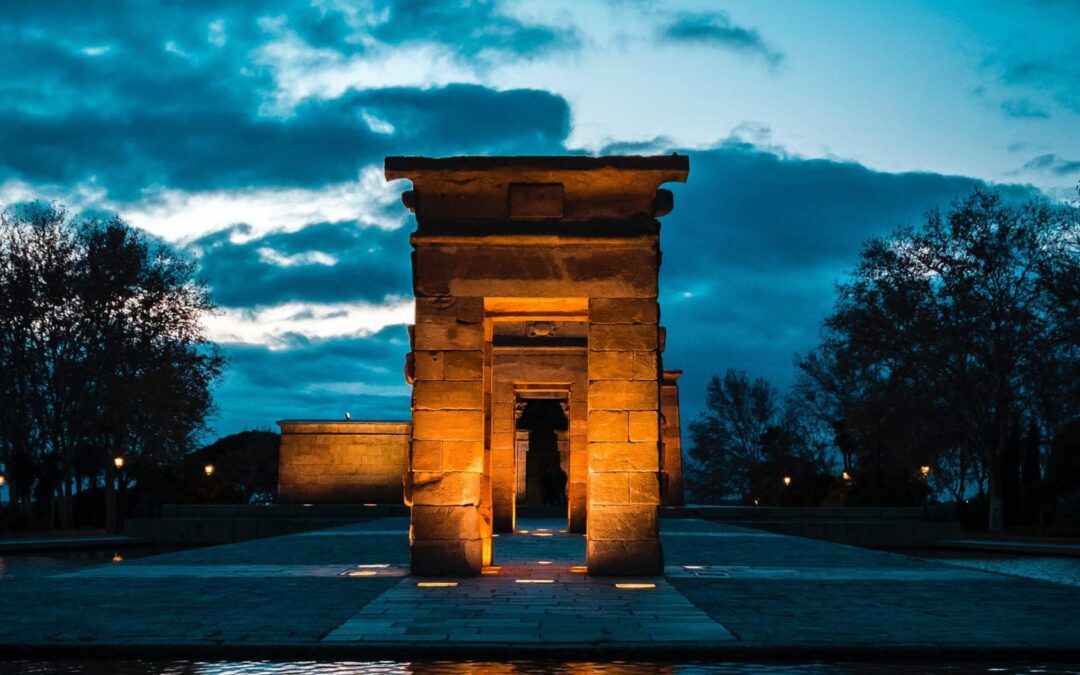
by user_dd | Jan 14, 2022 | Community Conversations
Understanding the Etymology of Physikos
Initial Separation Story
There was a separation that occurred long ago. A separation between physical and non-physical, or metaphysical. This separation happened not only in the realm of science, but percolated into our social and societal structures, our cultural and psychological frameworks.
In ancient Greece, the word physikos represented all physical form; encapsulating the study of natural phenomena where matter is observed and its properties are quantified. This term became a representation of all things physical, all things governed by, agreeable and pertaining to nature.
Naturally, this term adapted to what we now understand to be the realm of physics; the branch of science pertaining to the structure of matter and how it moves through space and time. There are governing principles, frameworks and formulas that have established an impressive breadth of understanding regarding these phenomena.
Alright, so back to the aforementioned separation.
This separation, between physics and metaphysics, happened to a large degree due to our inability to measure or quantify the non-physical realm. This inability gave rise to a thread of fear around that which can’t be proven, observed, or measured. Due to this fear, we decided at some point in human history, to separate out that which can be measured from all that which cannot. This separation looked like a fundamental fissure between spirit and science, church and state, and ultimately translated to a stagnation of the former while the latter (science and society sans spirit) was awarded with the abilities to continue evolving.
While science continued to develop, expand, progress and evolve, all things in the realm of spirit and religion were put on hold; the sacred texts were to be studied, protected and preserved. Not, by any means, were they to be explored and applied in a way that could look like the evolutionary progress enjoyed by science. This was all a function of the fact that we, as humans, were afraid of what we were unsure of. Afraid of the uncertainty. Afraid of the unknown and unwilling to stand in humble admittance of the limitation of our cognitive faculties in measuring the immeasurable.
Evolutionary Update!
The fear that continues weaving this thread into the current fabric of humanity is no longer relevant, don’t you think? Here we are, at a time where we’re realizing as a species that our cognitive faculties are simply one aspect of our myriad and comprehensive abilities as multidimensional beings.
It’s time for us to embrace our comprehensive capacities and competences. For us to recognize that the magick dwells within that overlapping center of the venn diagram, where science and spirit overlap. Remember the Vesica Pisces? This is the center we can explore through the Mystery School teachings, whose magick we cover in the Magick of the 7 Mystery Schools class (see our calendar for the next offering).
Skeptical? Curious? All are welcome, come join us in the inquiry.
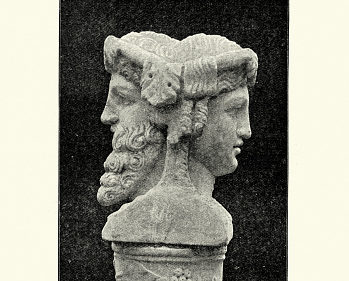
by user_dd | Jan 12, 2022 | Community Conversations
Looking Both Ways Before Entering & Exiting
Reflection > Resolution
Look, whether or not you have made a New Year’s Resolution doesn’t really matter. It’s true– what matters most is your ability to reflect. Taking time for reflection is key to moving toward our dreams and our goals. So, don’t worry if you haven’t set a resolution; instead, read on to discover why it’s an even more important time to devote some attention toward reflection, instead.
January as a New Beginning
So here we are at the start of a new calendric year. This time marks a threshold on the Gregorian calendar, one that has been recognized for centuries of humanity’s history. Whether or not you’re religious, there are certain aspects of mythological and mystical narratives that can help to inspire ways of being that are in our highest light. At this time of year, we can look to Janus; the Roman god of motion, of change, and of transitions and passageways. Also known as the guardian of doors and the gatekeeper, Janus has been known to preside over all entrances and exits, doorways and thresholds of change. All of which look in both directions.
Looking Both Ways
Janus is depicted with two faces, one looking back into the past and the other looking forward into the future. This ‘double nature’ of Janus’ symbolism helps to point to the interconnectivity between before and after, change and movement, between time and patterns. Essentially, we’re invited at this time of year to invoke the spirit of Janus in order to recognize patterns, reflect on causation, and move forward with more empowered and conscious choice. The more consistent we can become with linking the past and present through invoking the spirit of Janus, the more we can navigate into the future with clarity and direction.
Correspondence with Da’ath
There is a correspondence worth noting here, between the Roman God Janus and Da’ath within Kabbalistic Teachings on the Tree of Life. Da’ath is the Hebrew word for knowledge, or gnosis, and is the 4th letter of the Hebrew alphabet. Throughout many numerology traditions and perspectives, this number and word represents a symbol of a doorway, a foundational threshold. Creation can move through this threshold; Da’ath is akin to the gateway to spirit, it is where there is an intersection between divinity and humanity. We are both eternal and temporal beings; when our creative fire gets sparked through this doorway, understanding unites with knowledge to empower us into conscious creation.
And so, as we exit one Gregorian year and enter into the next one, may the spirit of Janus live through and within us; may we remember to look back sufficient enough to make sense of what has been, in order to consciously create what is yet to come. Our story of the last year has been written in a language that can evolve as we step through this gateway.
We can bridge the chasm that lays between the ‘before’ and ‘after’, honoring the portal by invoking Janus to be present at the close of this year. We can reflect, rejoice, and bring a devotional attitude into our perspective as we move into the New Year.
Perhaps you even feel inspired to mark a doorway in your home or office, signifying your attention toward this threshold we stand in; this could look like a token, a photograph, a bouquet of flowers, a prayer, anything that inspires your inner flame of encouragement and your eternal grace.
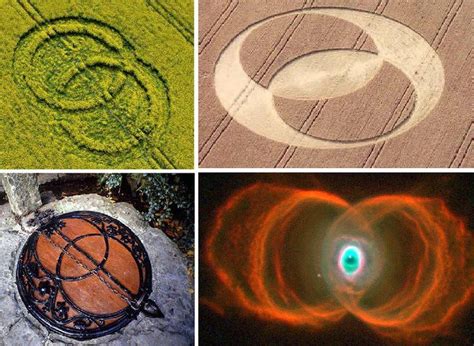
by user_dd | Dec 29, 2021 | Community Conversations
So what’s the deal with Sacred Geometry?
There is geometry all around us. Literally, while you’re reading this, you could look around and find some shapes in your surrounding that are communicating some geometric messages. So, aren’t you curious about how to integrate the use of sacred geometry into your life? Doing so can amplify our sense of inner peace and strengthen our sense of interconnectivity.
Learning how to read the messages within geometric patterns and shapes can be super empowering. We can begin to realize that certain shapes are encoded with Universal Principles that govern the continuum we live within. Honoring these shapes & really breathing them into our eyes can provide us with serene mental landscapes filled with peace and ease.
Sacred Geo Spotlight on Vesica Pisces
One of the shapes that we find most notably inspiring is the Vesica Pisces, which is formed by two circles intersecting. This shape is important in that it’s been utilized as a Divine symbol throughout mystical history; it’s been used since Ancient Egypt and passed down by Freemasons and sacred geometricians.
While it represents different things to different people, the Vesica Pisces is often associated with the union of the Divine Masculine and Feminine; the two circular depictions of wholeness overlap to combine, creating a third thing. Alone, the circle represents the venerable whole that can be described as the One Source, The All. Then, these two overlapping circles (expressions of the primordial duality, Yin and Yang, each whole in their own regard), combine to create the Divine Offspring. This third thing is the nectar, the Divine Offspring, giving rise to all life and consciousness.
Consider this your invitation to incorporate the Vesica Pisces into your life. Perhaps you’d like to contemplate the shape by gazing into its geometric truth and simplicity sometime this week. Allow yourself time and space to really absorb it’s teachings, how it can apply to your life, and where its power can be applied. This emblem can become a generator of immense power from Source, with proper meditation. Enjoy!






